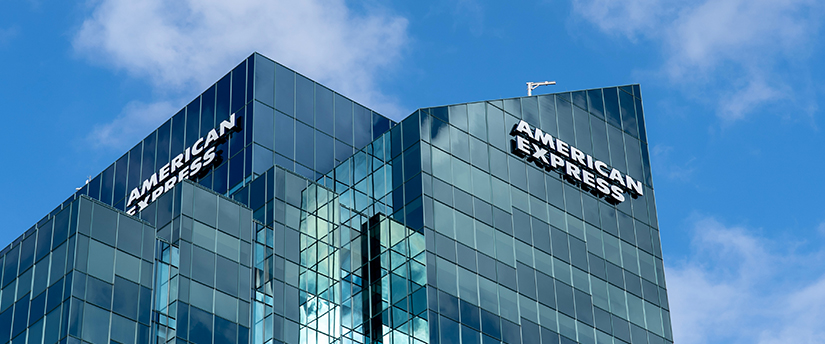Source: Alex Lavoie
American Express: A Powerhouse in the Financial Services Industry
American Express Company (NYSE: AXP), a global powerhouse in the financial services sector, is renowned for its credit card, charge card, and travel-related services. Competing fiercely with giants like Visa Inc. (NYSE: V) and Mastercard Incorporated (NYSE: MA) in the payment processing industry, AXP’s financial performance is often juxtaposed against its peers. This comparison serves as a litmus test for assessing its market positioning, capital efficiency, and overall financial health.
Unpacking Financial Metrics: ROIC and WACC
Two critical financial metrics used to evaluate a company’s performance are the Return on Invested Capital (ROIC) and the Weighted Average Cost of Capital (WACC). ROIC is a profitability ratio that measures how effectively a company uses its capital to generate profits, while WACC is the average rate a company is expected to pay to finance its assets. When a company’s ROIC exceeds its WACC, it indicates that the company is creating value for its shareholders, which is a sign of strong financial performance.
American Express’ Capital Efficiency: A Closer Look
American Express boasts a staggering Return on Invested Capital (ROIC) of 106.28%. This figure is significantly higher than its Weighted Average Cost of Capital (WACC) of 10.37%. The resulting ROIC to WACC ratio of 10.25 is a clear demonstration that AXP is generating substantial returns on its investments relative to its cost of capital. This high ratio is a testament to the company’s efficiency and effectiveness in deploying its capital and reflects a key strength of the firm.
Comparative Analysis with Major Competitors
When compared with its major competitors, AXP’s capital efficiency stands out. Visa Inc., for instance, has a ROIC of 29.89% and a WACC of 8.17%, leading to a ROIC to WACC ratio of 3.66. While Visa’s ratio is positive — indicating that it is generating returns above its cost of capital — it is notably lower than that of American Express. This suggests that AXP is more effective in utilizing its capital to generate returns, thus enhancing shareholder value.
Similarly, Mastercard Incorporated, with a ROIC of 43.98% and a WACC of 8.61%, achieves a ROIC to WACC ratio of 5.11. While Mastercard’s capital efficiency is commendable, it still trails behind American Express in this metric. This comparison further highlights the superior performance of AXP in managing its capital and generating profits relative to its peers.
Conclusion
In the highly competitive payment processing industry where American Express, Visa, and Mastercard are major players, capital efficiency is a vital indicator of a company’s ability to generate profits and create shareholder value. American Express’ higher ROIC to WACC ratio is evidence of its robust financial performance and its superior capital management compared to its peers. Thus, this metric is a key factor to consider for investors and analysts when assessing the company’s market position and potential for future growth.

